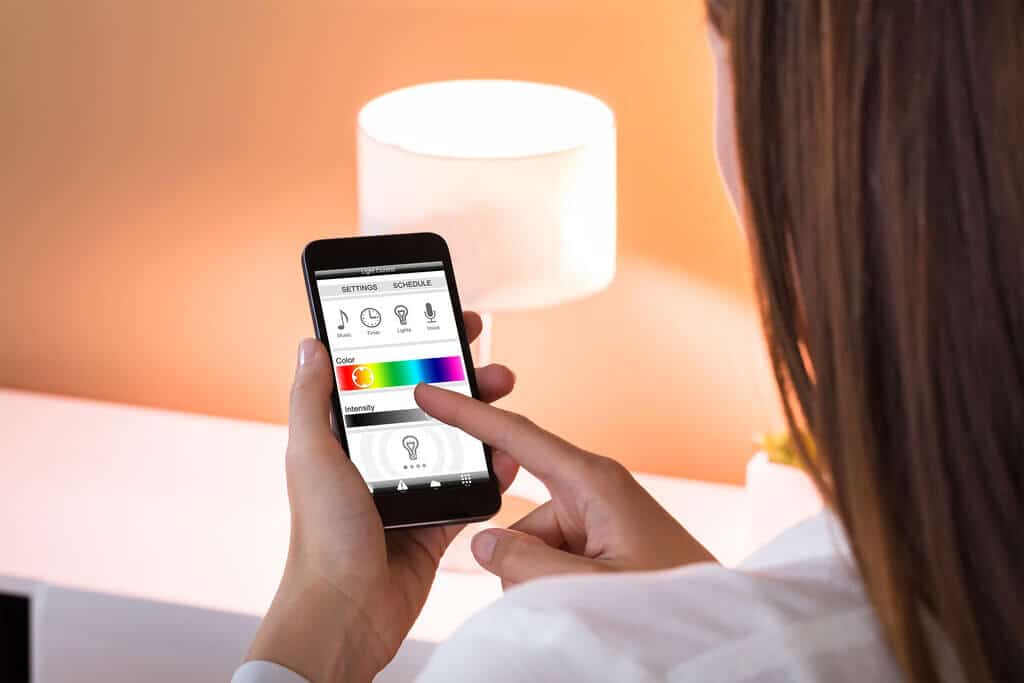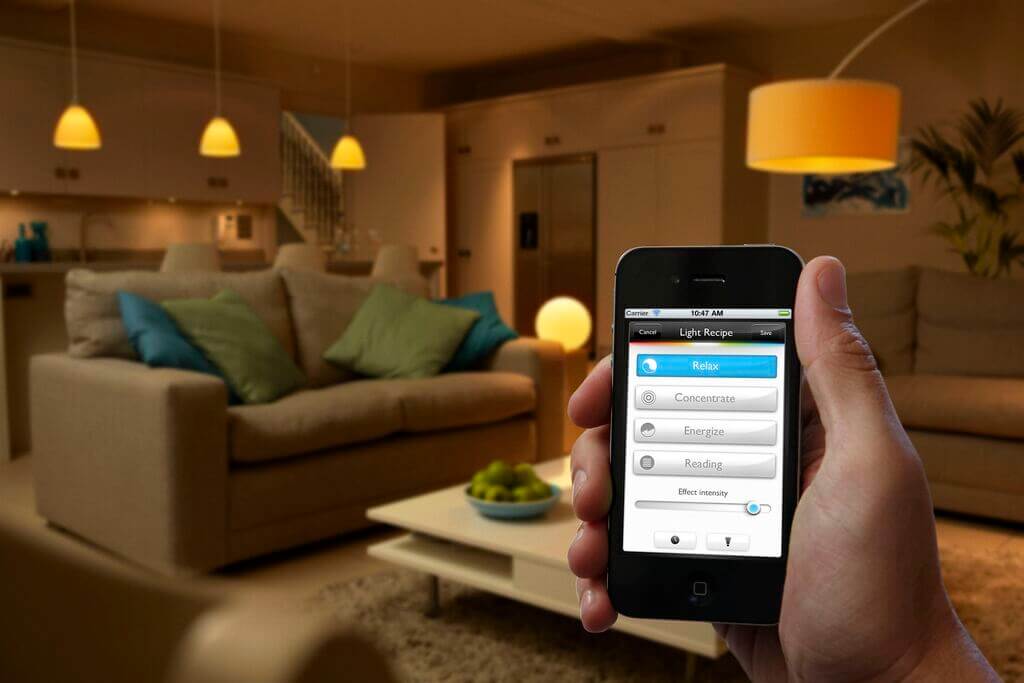Introduction
Are you curious about the lighting control systems you can integrate into your dream home to make it look even better? While it may sound somewhat senseless right away, residing in an enormous custom home presents many difficulties contrasted with the normal lighting systems.
We’ve all become acclimated with strolling into a room, turning on the lights, and not thinking about it, yet things are impressively more confounded in multiple domains.
As the plan becomes more unpredictable, that light switch transforms into three or four buttons and can rapidly expand into numerous banks of four or five buttons each.
Unexpectedly you’re left attempting to sort out what controls what, and your visitors don’t have a chance at working things all alone.
Each bank of light switches (called a clutter) is associated with a singular dimmer introduced in your divider in most homes. For instance, in a room, you may have a fixture, two strings of recessed lights, pendants, a roof fan, a light, and so forth.
Each heap is controlled by its dimmer introduced in the divider, and it doesn’t take long to perceive how the divider clutter begins to develop.
As the room’s size expands, this issue just duplicates. So what is the best lighting control system for a home? It is Panelized Lighting Control.
Panelized Lighting Control

A solitary keypad controls every one of the lights in the room.
Rather than setting all the wiring and darkening equipment in the room, each heap is pulled back to a concentrated area or “board” and afterward controlled by a smaller keypad introduced in each room.
This kind of light control helps to effectively get rid of wall clutter, which helps express the beauty of your home’s elegant walls.
Custom Color Design

The systems and the custom color design of the panels also play a major role in building your dream home. At the point when you’re putting resources into your fantasy home and without a doubt fixating on everything about your builder, but that should not be the case.
You shouldn’t need to be restricted to switches that are just white, almond, or dark. You would be provided with an immense determination of shading and material choices and even custom match trims.
Mechanization and Integration of Lighting
Lighting control is one of the vital parts of making up a “savvy home.” Luckily, most arrangements incorporate impeccable home control systems.
This permits you to control each light in the system from inside the application or touchpanels right close to different highlights in your home like Video, Audio, indoor regulators, and so on.
Scenes like “Party Mode” or “Film Time” let us unite everything by setting the temperament with the ideal lighting, turning on the music, and surprisingly firing up a film.
Easy Energy Savings
So what is the benefit of having such a sophisticated lighting system? When something is irritating or difficult to utilize, many people simply will generally stay away from the action.
In bigger homes with 50+ light switches or even numerous wings, lots of lights are switched on and left to be switched off. You can take out that errand and make things simpler in two ways with lighting control.
The first is we can give lighting scenes that improve things significantly. The “all off” button is introduced in your primary light section. At the point when you press this button similarly as you’d expect, everything in the house winds down in one movement.
The following way is the utilization of light-timings and movement sensors. There is a planned routine of lights to turn and off depending on dawn or nightfall. For instance, You likely won’t require your scene lights during midday.
However, you should return home to a securely enlightened carport into the evening. This can both make your home seriously welcoming and make some considerable investment funds on your power bill.
You can likewise consolidate little movement sensors and entryway switches. Utilizing these sensors lets you turn lights on and off by strolling all through a room or opening an entryway.
Pre Wiring Your Home: A Must for Home Automation

Now that you have got rid of all the ugly wall clutter and switch hassles, you might be wondering how easy it is to implement such lighting systems on your own. If you are making a new home, keep in mind that you must pre-wire your home. Pre-wire your custom home before finishing the construction to avoid the astronomical costs of wiring it later.
This helps you install a better lighting system with ease and helps you with other home automation system installations. Pre Wiring Your home is a must nowadays, and you too should do it for your own home or save tons of money, time, and complications in the future
Final Verdict
This is all there is to know about lighting control systems, and how you can install them in your home without any hassle. Just pre-wire your home, and you can get yourself an automatic lighting system as well in no time. These are very cost-effective and useful systems that are a must for new smart homes.
Discover More:-

